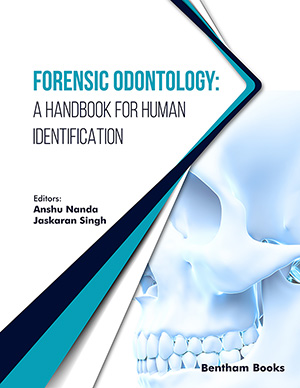Abstract
Anatomical variations in the human species can be attributed to interactions
between genetic influences and environmental factors. These variations also permeate
dental morphology, and dental morphological traits are of value for understanding
variations among populations. Dental anthropologists have cataloged this diversity, and
these traits have been used in various disciplines.
To establish population-based data, both metric and nonmetric dental trait frequencies
are required. These anatomical attributes have applications in forensic odontology and
archaeological contexts. Both nonmetric and metric traits are being used in the fields of
dental profiling (assessing age, sex and ethnicity) and bite mark analysis.
A trait that is higher in number in one population may be considered normal in the
population. In contrast, if a trait is found at a low frequency, it could inadvertently be
considered an anomaly. It can help in determining the relationship with ancestry, which
justifies the significance of data pools of dental traits in human forensic identification.
Although numerous studies of dental anatomical landmarks and peculiarities have been
carried out in search of population patterns worldwide, India has yet to establish a
database for its population. This highlights the need for an area-specific, gender- and
ethnicity-based database of dental traits for the population of the Indian continent,
which does not exist at present.
Keywords: ASUDAS, Carabelli’s traits, Dental identity, Disaster victim identification.






















